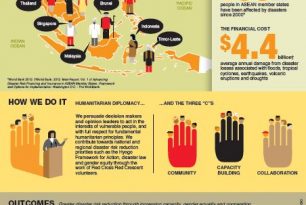
No ratings yet. Rate This! Please rate this content
![]()
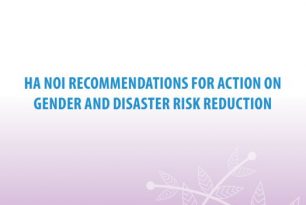
The Conference concluded with the recommendations for actions which are aligned with the Sendai Framework’s four Priorities for Action. Each recommendation articulates how the actions will be operationalised. Furthermore, throughout the implementation of all of these processes there is need to consider horizontal and vertical accountability, monitoring and adequate allocation of resources. There is also need to ensure recognition is also made of diversity within women and girls (age, disability, ethnicity, migrant status, socio-economic status, sexual orientation and gender identity).
![]()
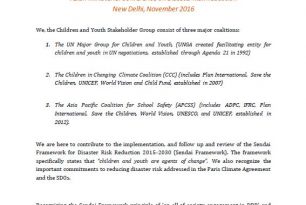
The Action Statement emphasized that children and youth are not just vulnerable; rather youth and children are part of the solution. Children and youth possess unique capacity to contribute to disaster risk reduction (DRR), respond to disasters and humanitarian crises, and build resilience. They are dynamic, resourceful, innovative and fast learners. Moreover, children and youth have the right for their needs to met and participate in decisions affecting them.
![]()
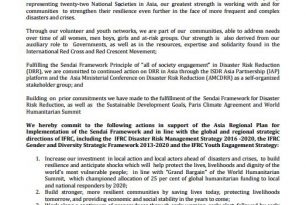
The IFRC’s Statement of Action, sets out the collective commitments and actions that Red Cross and Red Crescent National Societies across Asia will deliver according to the priority areas of the Sendai Framework.
These include providing greater support to local humanitarian and development actors, addressing issues around social inclusion and diversity in disaster risk reduction, establishing stronger laws and frameworks that reduce vulnerability to disasters and elevating the role of young people as agents of behavioural change in their communities.
![]()
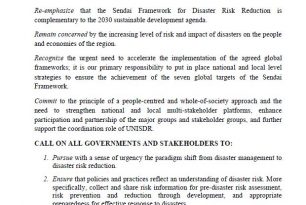
The New Delhi Declaration adopted on 5 November 2016 in New Delhi, India, in the AMCDRR 2016, consolidates the political commitment of governments towards preventing and reducing risk as well as strengthening resilience by accelerating implementation and monitoring of the Sendai Framework in the region.
![]()
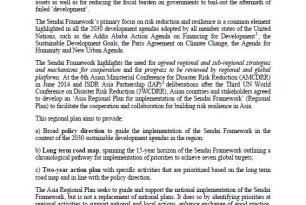
This regional plan is one of the main outcome documents of the AMCDRR in November 2016 in New Delhi, India. The Asia Regional Plan seeks to guide and support the national implementation of the Sendai Framework, but is not a replacement of national plans. It does so by identifying priorities at regional activities to support national and local actions, enhance exchange of good practice, knowledge and information among governments and stakeholders, in addition to strengthening regional cooperation to support the implementation of the Sendai Framework.
![]()

The powerpoint presentation gives an overview of the Building Urban Resilience in Southeast Asia Project and the linkage between public awareness and public education (PAPE) and its implementation, as well as the expected outcomes of the Regional PAPE workshop that was held within the frame of this project.
![]()